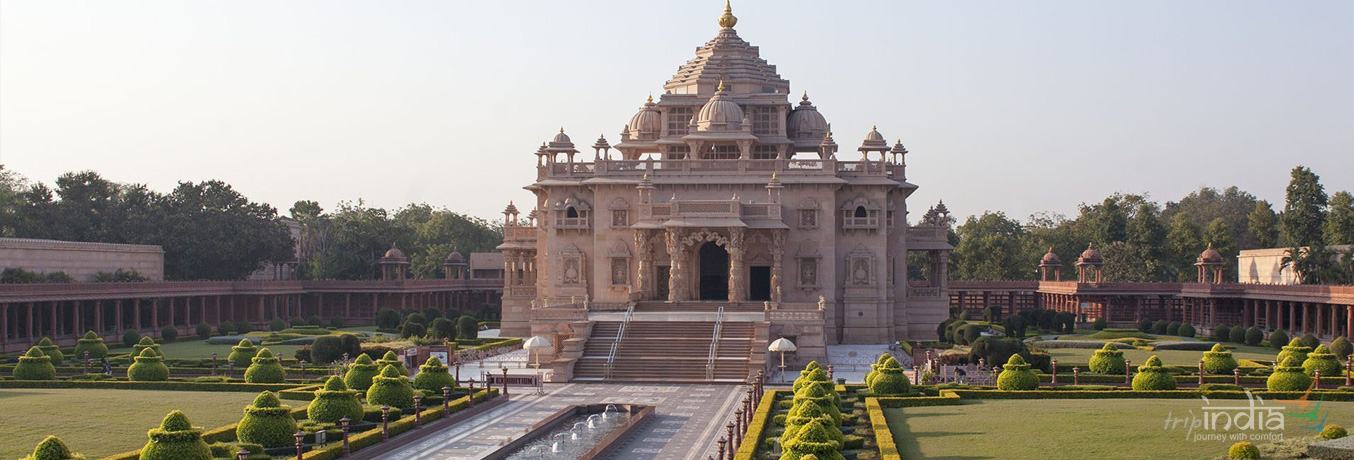
The Indian state of Gujarat is situated on the western part of the country and has the longest coastline of 1,600 km among all states in the country. It shares its boundaries with Rajasthan, Madhya Pradesh, Maharashtra and the Union Territories of Daman & Diu and Dadra & Nagar Haveli. The Arabian Sea borders the state both to the west and the south-west. It is one of the most developed and industrialized state of India. It is the largest producer of processed diamonds and denims in India and third largest in the world. It is the second largest producer of crude oil in India. The state has excellent infrastructure as compared to other states. There are 45 ports, 18 domestic airports and one international airport.